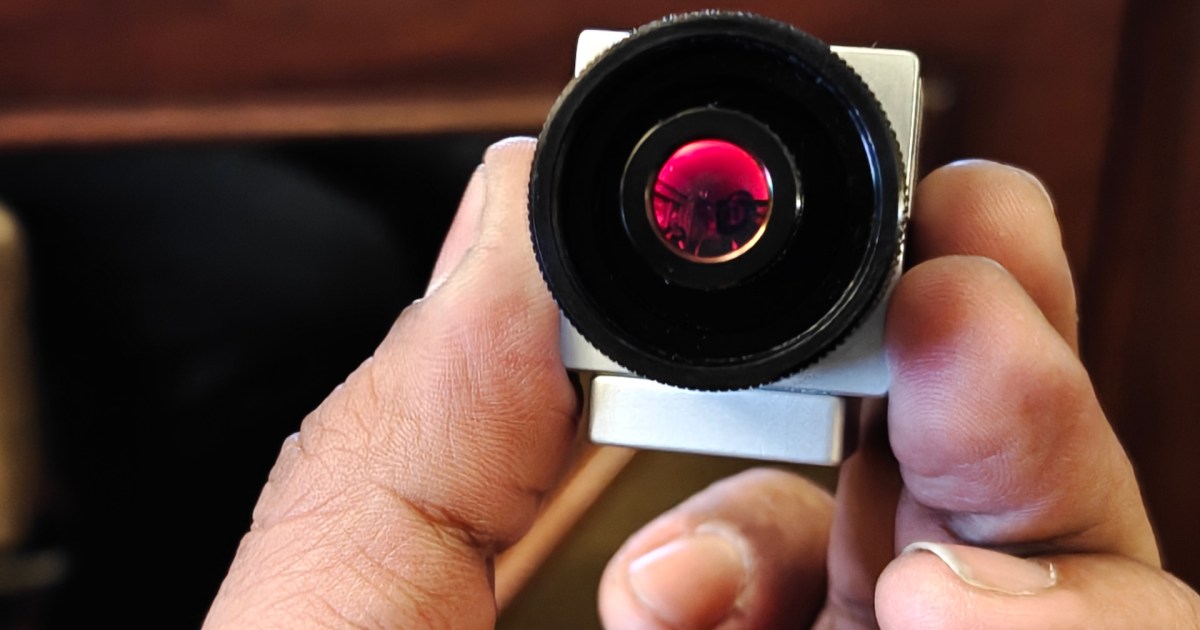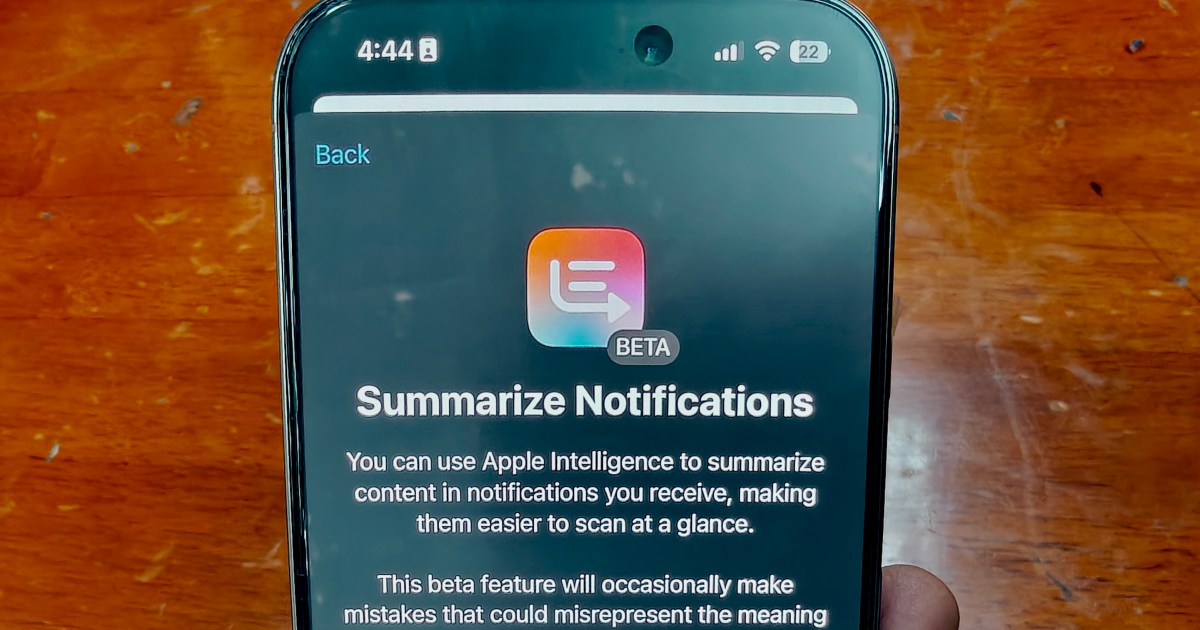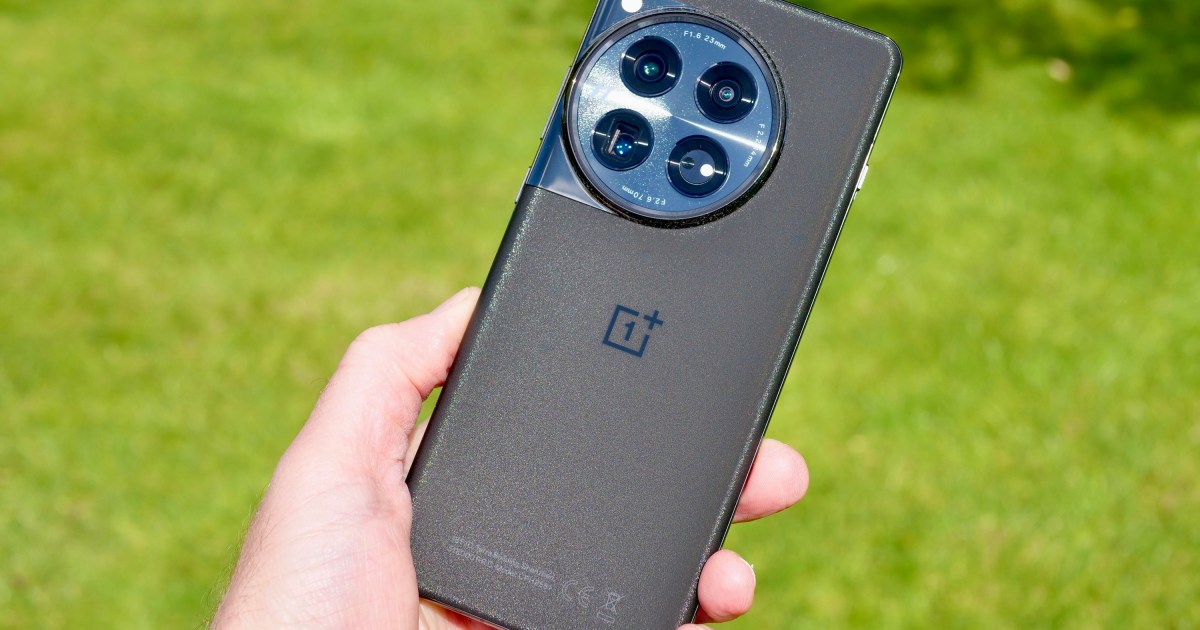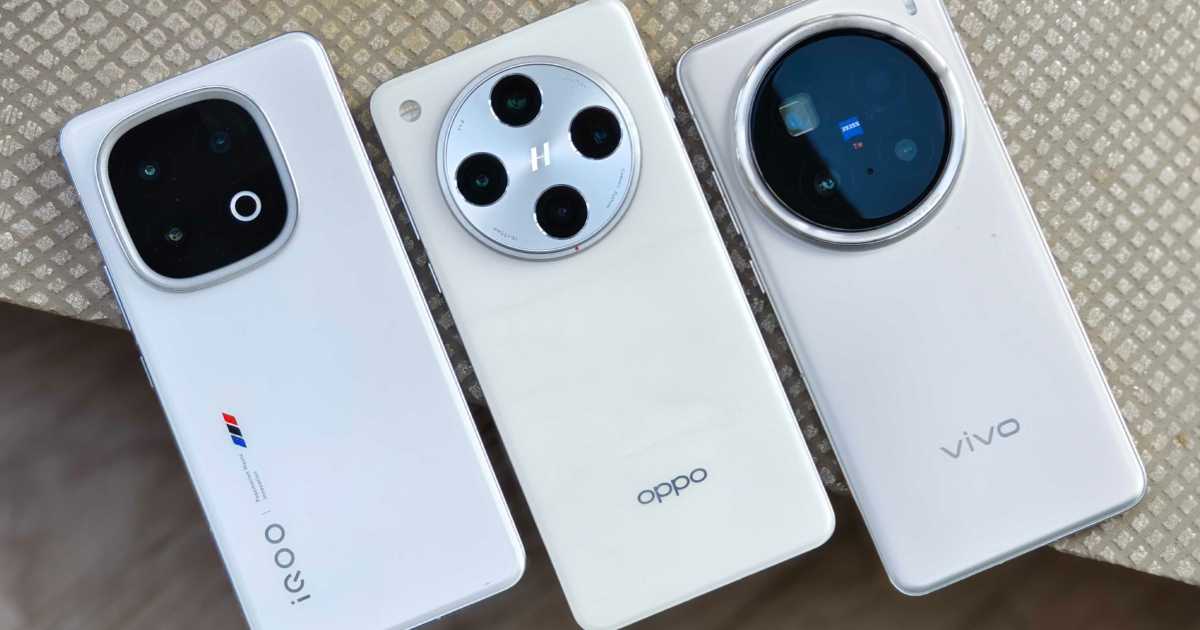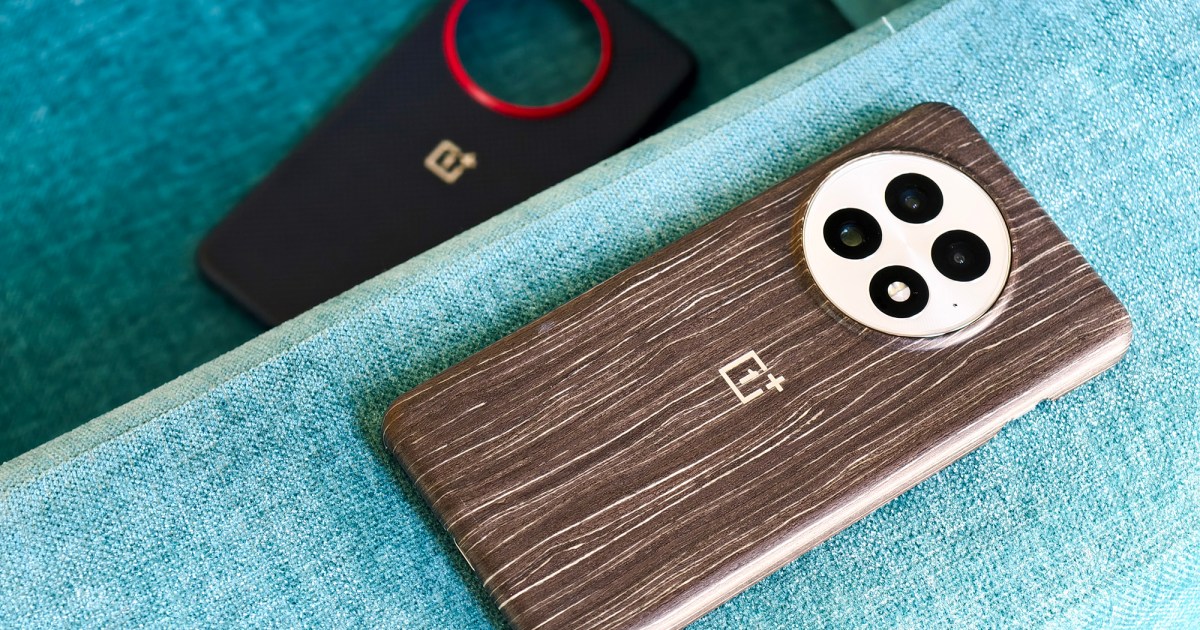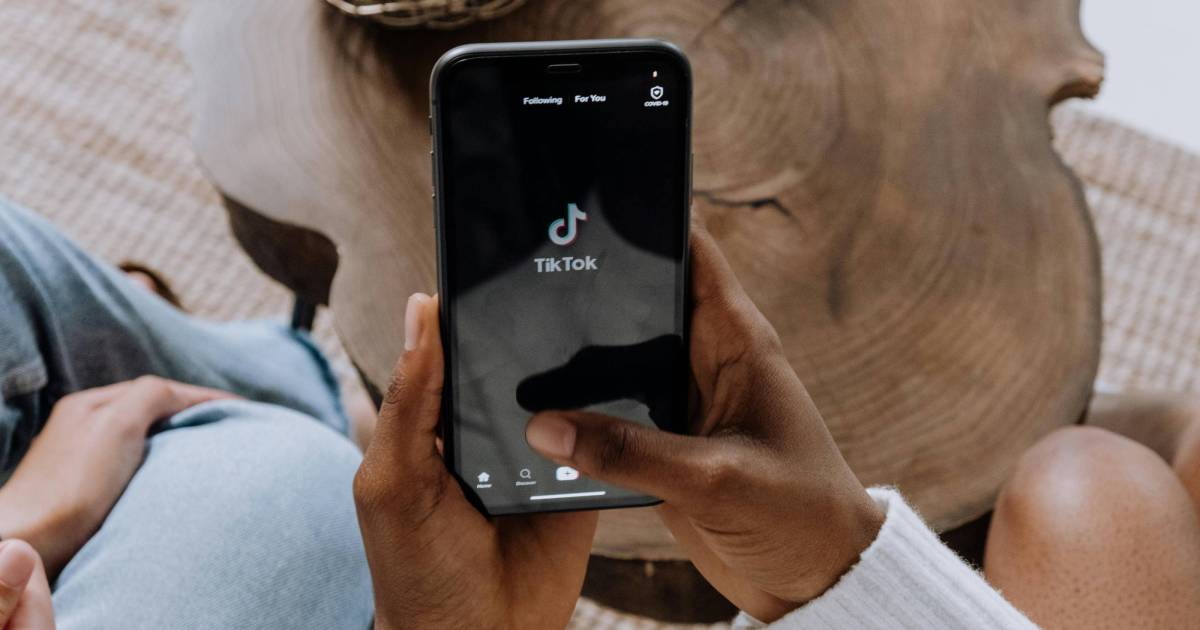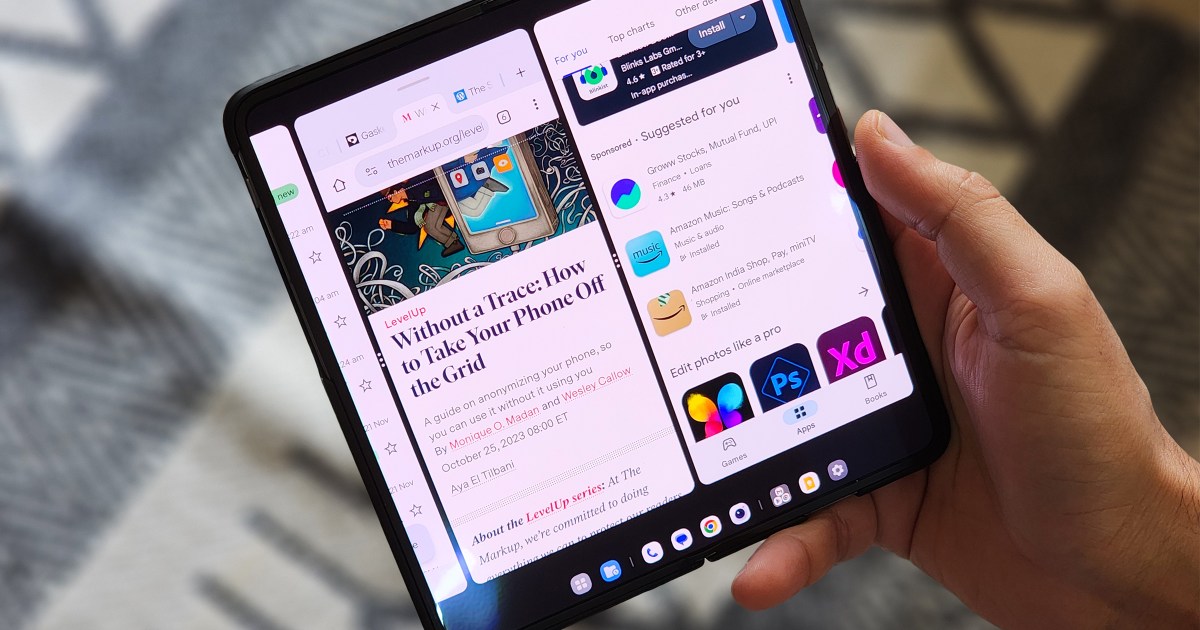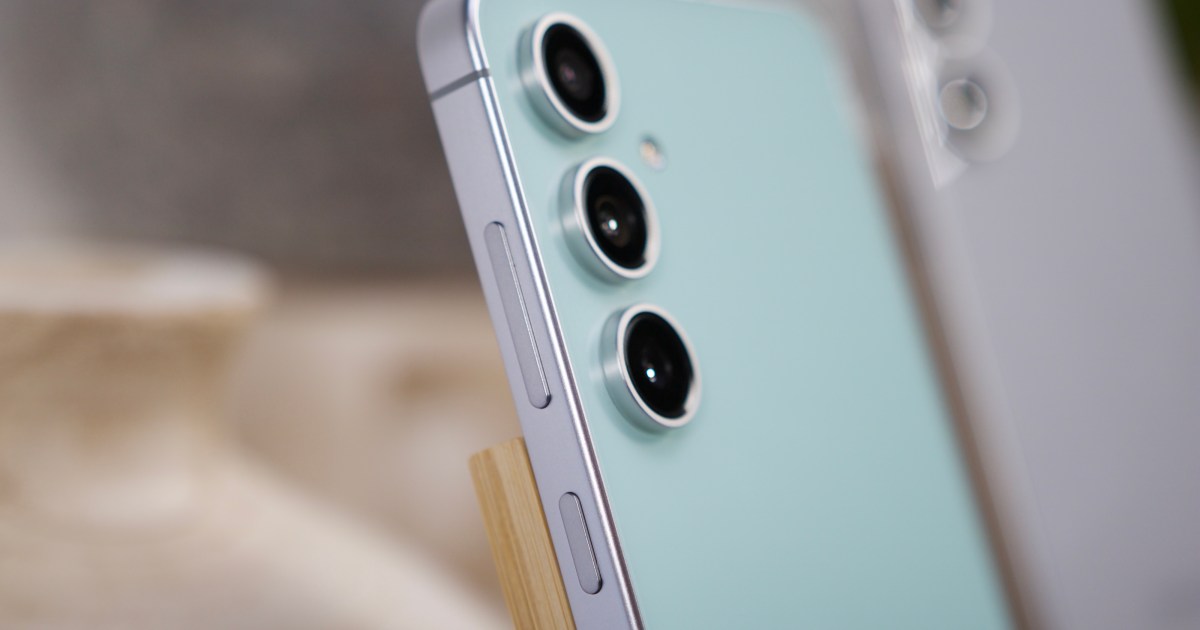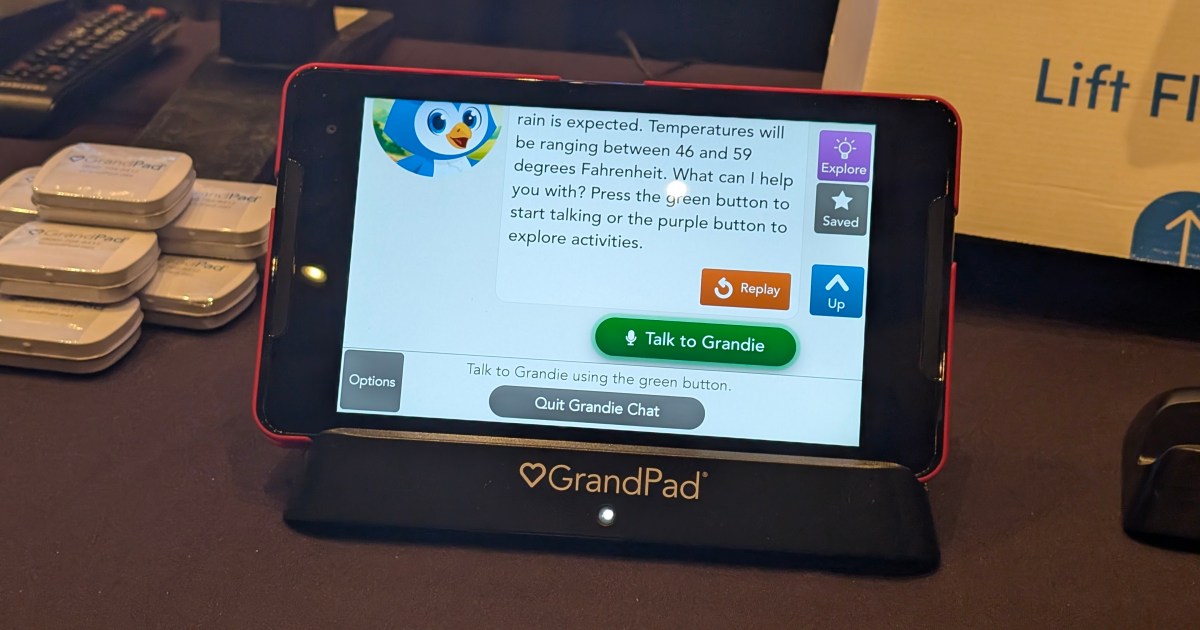Smartphone portrait photography has come a long way. Advances in camera technology and depth information capture have led to better bokeh and detail. However, consistency and accuracy remain a challenge. A new holographic technology showcased at CES 2025, developed by PxE, promises to revolutionize smartphone portraits and beyond.
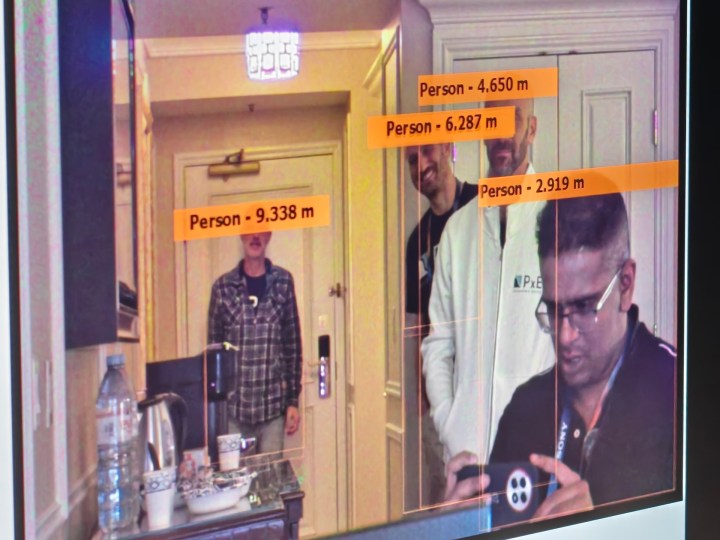 Depth perception on the PxE holographic camera
Depth perception on the PxE holographic camera
PxE’s Holographic Technology: A Deep Dive
The core of PxE’s innovation lies in its approach to depth information. Unlike traditional methods, it treats light as waves, not rays. This, combined with the PxE HoloCoder (replacing the standard Bayer filter), allows for far more detailed depth capture. This enhanced understanding of depth translates to significantly improved image processing and detail rendering.
 The PxE holographic imaging sensor
The PxE holographic imaging sensor
Despite its small size, the sensor’s capabilities are impressive. A demonstration camera highlighted the accuracy of its depth perception, measuring to the thousandth decimal, even at distance. Different colors outlined objects at varying distances: red for closest, progressing through yellow, green, and finally blue for farthest. Even subtle micro-movements, imperceptible to the human eye, were detected.
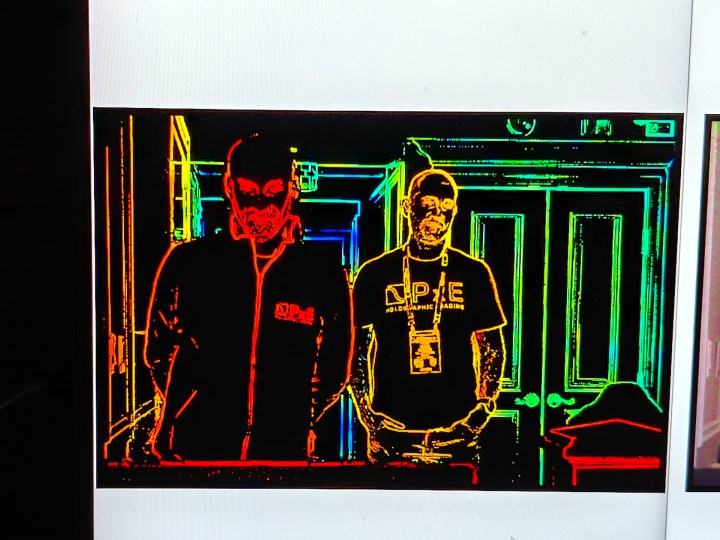 Depth perception on the PxE holographic stack
Depth perception on the PxE holographic stack
Transforming Smartphone Photography
The potential of this technology extends beyond portraits. Imagine capturing perfectly focused images of moving subjects. PxE’s real-time data and precision depth measurement could eliminate motion blur, a common issue in smartphone photography. This information, fed directly into the image signal processor (ISP), could dramatically enhance image quality.
Integration and Timeline
While PxE aims to integrate this technology into smartphones within the next few years, the actual timeline remains uncertain. Collaboration with key players like Sony, Samsung, MediaTek, and Qualcomm is crucial. The complex smartphone development cycle and the need for seamless integration across hardware and software require a coordinated effort.
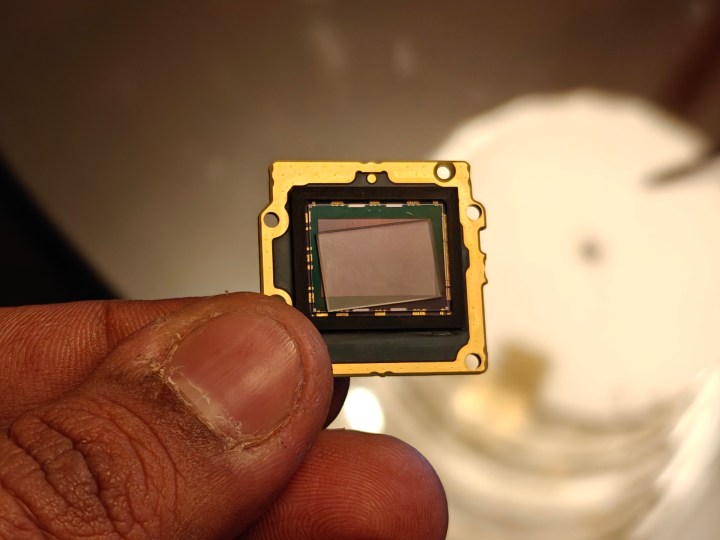 The PxE holographic imaging sensor
The PxE holographic imaging sensor
Beyond Smartphones: A Wider Impact
The applications of this technology extend far beyond smartphone photography. It could revolutionize autonomous driving by providing precise depth information for hazard detection and navigation.
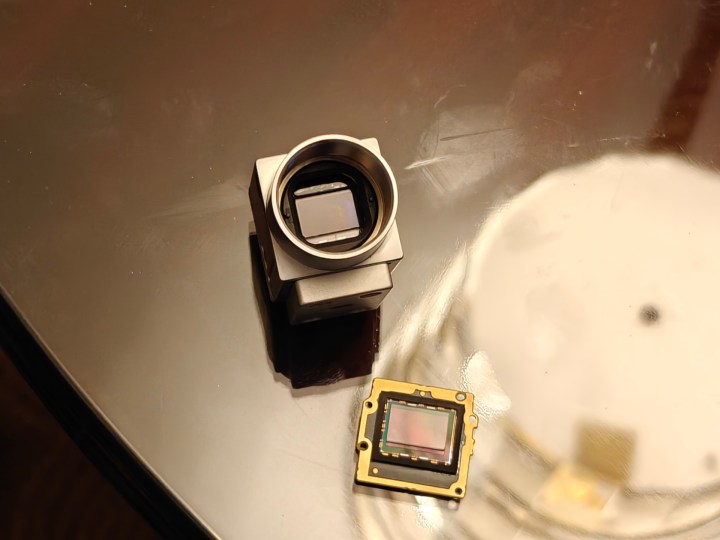 The PxE imaging camera all-in-one stack
The PxE imaging camera all-in-one stack
PxE Automotive Application Demo
Furthermore, its potential in scientific imaging, such as microscopy, is significant. The all-in-one camera solution demonstrated at CES showcases its versatility.
A New Era of Imaging
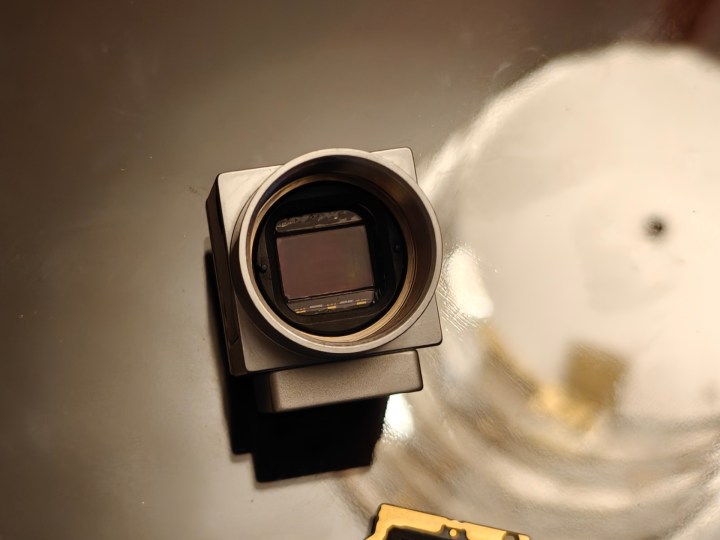 The all-in-one camera featuring the PxE holographic camera stack
The all-in-one camera featuring the PxE holographic camera stack
PxE’s holographic technology promises a significant leap in imaging capabilities. From enhanced bokeh and portrait photos to improved object detection and motion capture, it has the potential to transform smartphone photography and other fields. While widespread adoption may take time, the future of imaging looks bright.



